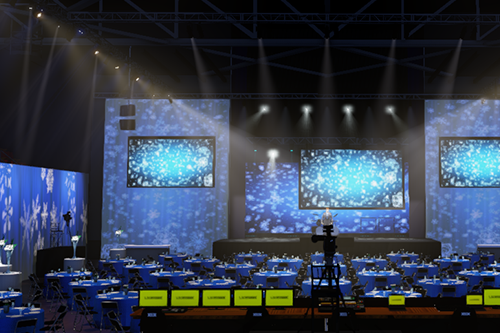Within recent years, digital reality has emerged as powerful instrument for boosting viewer involvement in live productions. Such technology allows viewers to submerge oneself in a 3D setting, creating a unique experience that conventional formats cannot easily replicate. Through utilizing VR, creators can move audiences into the heart of the action, making them feel as if they are integral of the show. This groundbreaking method not only captivates audiences but also unlocks new possibilities for storytelling and interaction.
One of the primary advantages of employing VR in real-time performances is the capability to forge a more engaging encounter. Viewers can interact with the show in the moment, shaping the result or exploring different viewpoints. For example, in a stage show, audiences wearing VR headsets can choose to follow particular characters or segments, enabling them to customize their encounter. This degree of engagement cultivates a more profound bond between the viewers and the show, making it more unforgettable and impactful.
Moreover, VR technology can improve the visual and auditory elements of a live production. With high-quality visuals and audio engineering, creators can create stunning environments that draw viewers in. This immersive characteristic can raise the complete encounter, rendering it even more engaging and enjoyable. For instance, a find out here concert can be transformed into a rich encounter, where audience members experience as if they are standing stage with the performers. Such enhancements not only draw bigger viewers but also promote repeat attendance, as viewers seek to re-experience the thrill.

Alongside enhancing viewer involvement, VR can also offer insightful data for creators. Through examining how viewers interact with the virtual setting, producers can collect information on viewer likes and behaviors. This information can inform future productions, helping to customize material to more effectively meet the needs and wants of the viewers. As a consequence, VR not just enriches the current experience but also contributes to the evolution of real-time performances as a complete entity.
With the technology continues to evolve, the possibilities for VR in real-time performances is immense. From theater and concerts to sports competitions and celebrations, the opportunities are limitless. By embracing this innovative method, creators can transform the way audiences experience live entertainment. With an increasing number of producers explore the integration of VR, it is likely that we will witness a change in how performances are designed and delivered, eventually resulting to a greater engaging and participatory prospect for real-time performances.